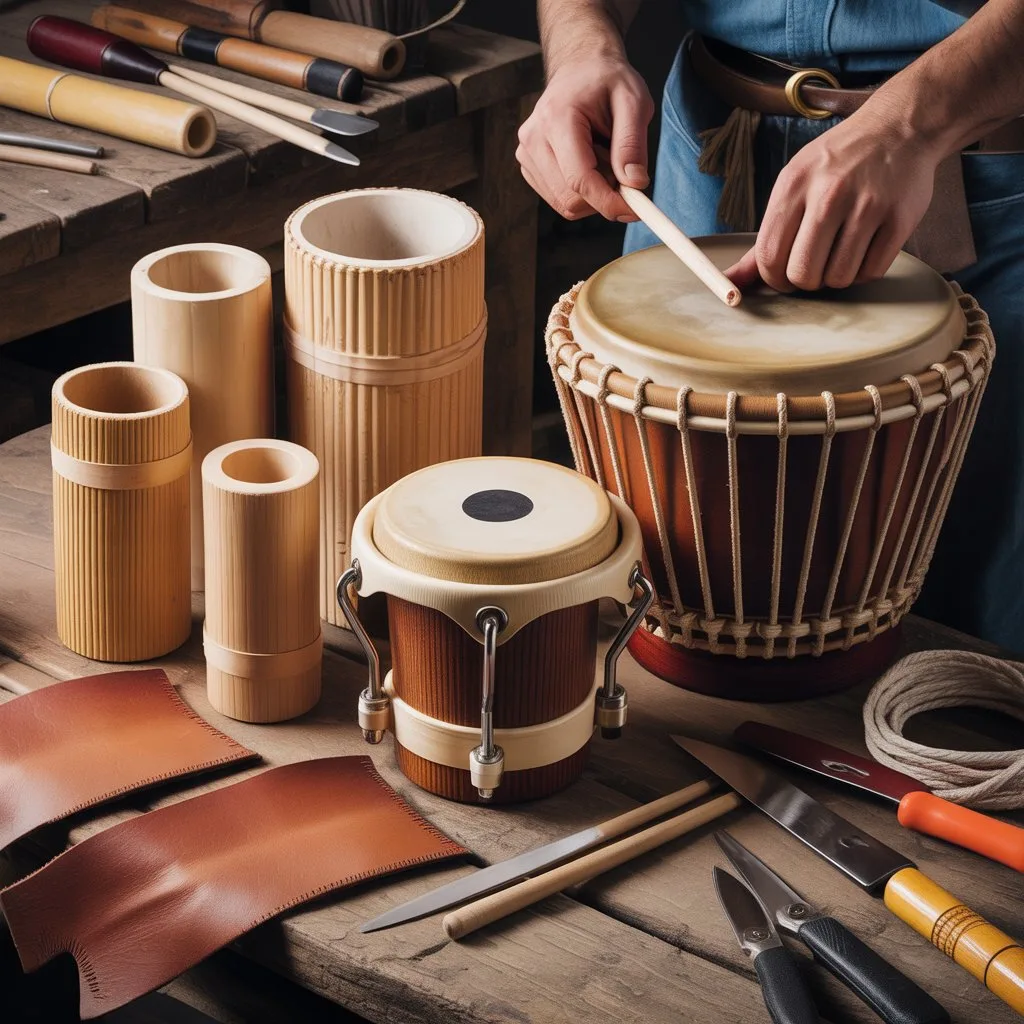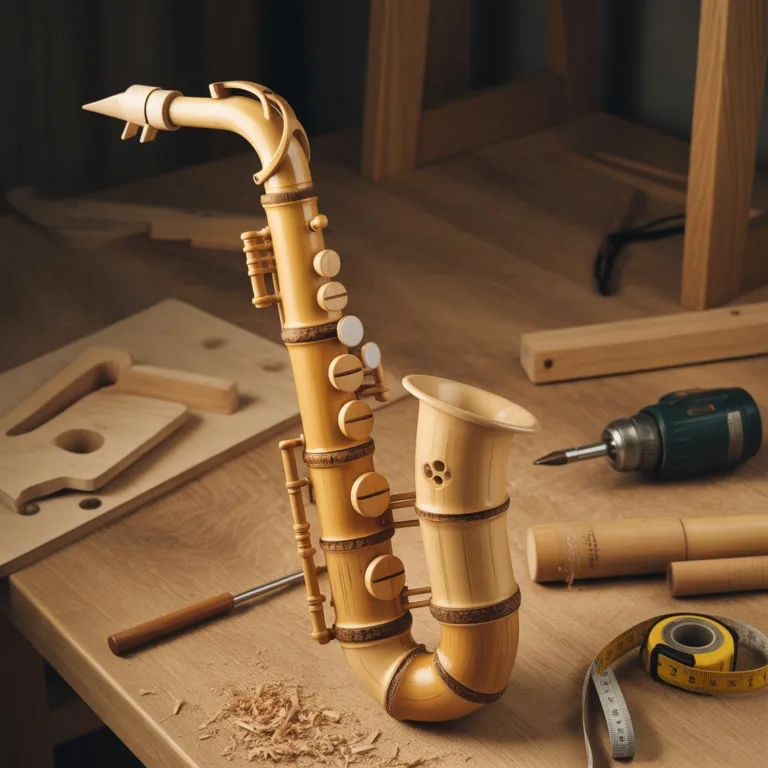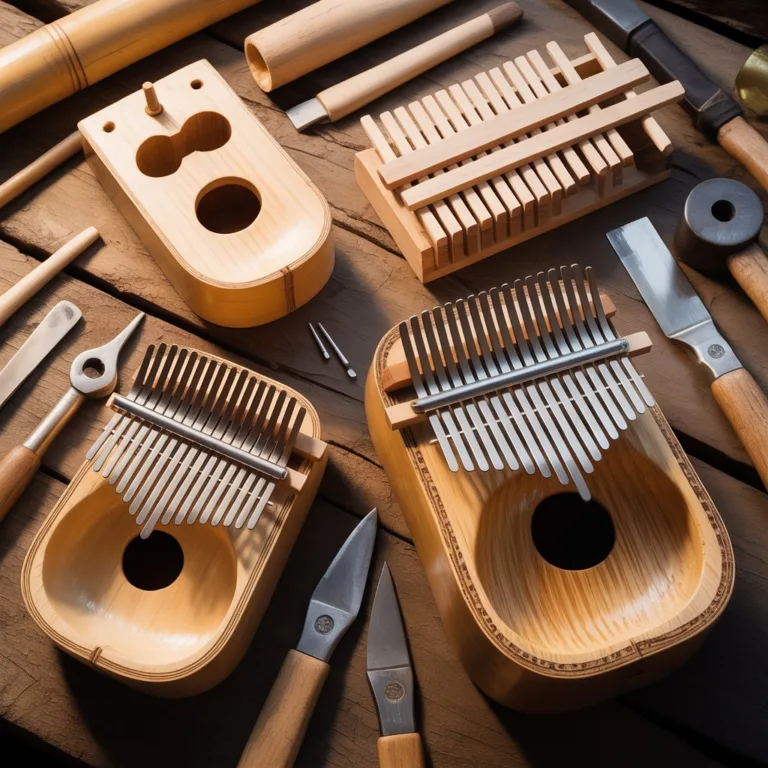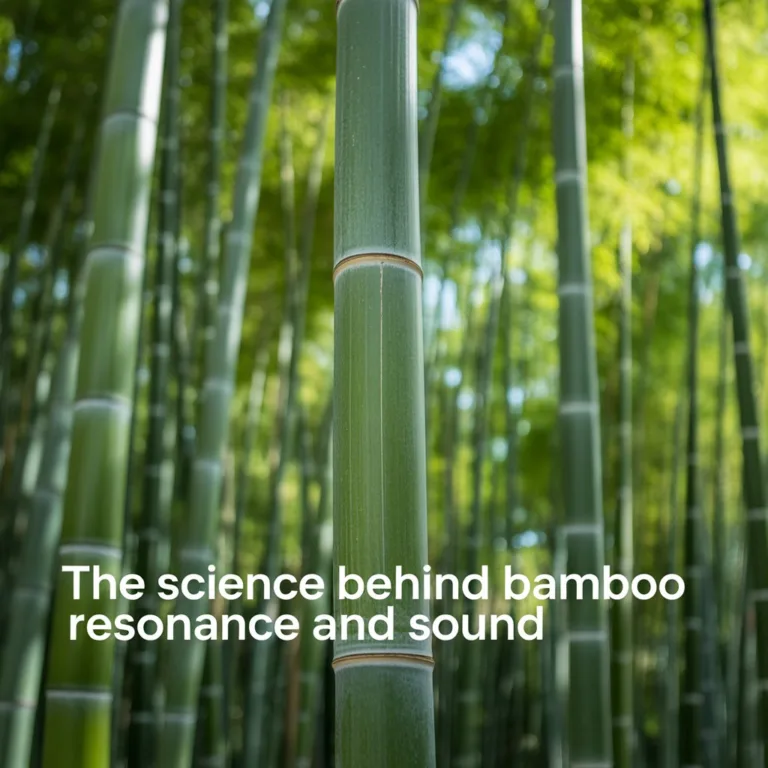Crafting music instruments from natural and reclaimed materials brings together creativity, sustainability, and cultural appreciation. Among the most exciting projects you can make at home is a bongo drum from bamboo and recycled leather — a blend of traditional rhythm and eco-friendly design. Bongos, with their distinctive dual-drum structure, have a long history rooted in Afro-Cuban music and continue to inspire musicians around the world. By using bamboo and discarded leather, you can create a version that’s both environmentally conscious and musically satisfying.

This project isn’t just about making music — it’s about transforming waste into something beautiful and functional, giving materials a second life while learning the art of rhythm and craftsmanship.
Understanding the Essence of Bamboo Bongos
Before diving into the crafting process, it helps to understand why bamboo and recycled leather make such a natural combination. Bamboo is lightweight yet durable, capable of producing deep, warm sounds due to its natural resonance. Its cylindrical structure already resembles traditional drum bodies, reducing the need for complex shaping or heavy machinery.
Recycled leather, often found in old bags, belts, or jackets, provides the perfect drum skin. When properly treated and stretched over the bamboo, it creates a taut, responsive surface that vibrates beautifully under your fingers. Together, these materials echo the balance of nature — organic, reusable, and perfectly suited for creative experimentation.
The Cultural Legacy of Bongo Drums
The bongo drum originated in Cuba, but its rhythmic roots trace back to West Africa, where hand drums were central to community gatherings, dance, and communication. Bongos typically consist of two connected drums: the smaller hembra (female) and the larger macho (male). They are played with the hands, producing lively, conversational rhythms that are essential in Latin, Caribbean, and Afro-Cuban music.
While traditional bongos are made from hardwood and animal skin, your bamboo version will share the same fundamental design — two drums tuned to different pitches, played together to create dynamic musical textures. The goal isn’t to replicate factory-made instruments, but to craft something authentic, expressive, and aligned with sustainable living.
Choosing the Right Materials
A successful project starts with good material selection. For a bongo drum made from bamboo and recycled leather, look for materials that balance strength and flexibility.
Bamboo:
Choose mature bamboo culms around 10–15 cm (4–6 inches) in diameter. The walls should be thick enough to handle tension but not so heavy that they muffle sound. Avoid cracked or insect-damaged pieces. If possible, select two bamboo sections of slightly different diameters — one smaller for higher tones, one larger for deeper bass.
Recycled Leather:
Old leather jackets, sofa covers, or belts can be repurposed into drumheads. Softer leather works well for warm tones, while thicker pieces produce sharper attacks. Make sure to clean the leather and remove any inner linings or coatings.
Additional Materials:
- Natural cord or recycled nylon string for tightening the drumhead
- A small amount of wax or coconut oil for finishing
- Sandpaper for smoothing bamboo edges
- A hand saw for cutting bamboo
- A hammer and awl (or drill) for making small holes
- A basin or warm water for softening leather
Gathering these materials encourages mindful crafting — you’re not just buying supplies, but salvaging resources that might otherwise go to waste.
Preparing the Bamboo Body
Creating the drum body is one of the most satisfying parts of this project. The natural hollowness of bamboo makes it ideal for acoustics, but it still requires some preparation.
Begin by cutting two bamboo sections, each about 25–30 cm long. Keep the nodes (the solid joints inside the bamboo) on one end, as they act as natural drum bottoms. If necessary, clean out the inner chambers using a rounded file or sandpaper to remove any loose fibers.
Smooth the open edges where the drumhead will sit — this ensures even tension and prevents the leather from tearing. You can also slightly round the rim using sandpaper for comfort while playing.
Once cleaned, leave the bamboo to dry completely in a shaded area for a few days. This step prevents cracking and helps stabilize the instrument’s tone.
Preparing and Shaping the Recycled Leather
Leather is what brings the drum to life, so treat it with care. Begin by soaking the leather in warm water for about 20 minutes to soften it. Once pliable, stretch it gently to remove wrinkles. Cut two circular pieces, each about 5 cm larger than the diameter of your bamboo openings — this extra material will allow you to secure it tightly.
If the leather has uneven thickness, use a knife or sandpaper to thin the underside slightly, ensuring consistent tension. The smoother side of the leather should face outward, giving the drum a clean, professional finish.
When dry, the leather should feel firm but not brittle. Conditioning it lightly with natural oils (like linseed or coconut oil) helps maintain elasticity and prevents cracking over time.
Attaching the Drumhead
Attaching the leather to bamboo can be done in several ways, depending on your tools and desired look. One of the most traditional and effective methods is the lacing technique, which uses a cord or rope to stretch the leather evenly.
First, drill or punch small holes around the upper rim of the bamboo — about 2 cm below the edge, spaced evenly. These will serve as anchor points for the cord.
Place the wet leather over the bamboo opening, centering it carefully. Tie one end of your cord through a hole, then lace it around the drum, pulling the leather downward and tightening as you go. Work in a crisscross pattern, gradually building tension.
As the leather dries, it will naturally contract and tighten, creating a firm playing surface. To ensure proper tuning, test the sound by lightly tapping the surface — if it feels loose, dampen and re-tension the leather until the tone resonates clearly.
For a cleaner aesthetic, you can add a secondary band or ring around the rim using recycled wood or another bamboo strip, pressing it against the leather’s edge to lock it in place.
Building the Connection Between the Two Drums
To complete the bongo set, you’ll need to connect the two bamboo drums. Traditionally, bongos are joined by a wooden bridge, but you can achieve a similar effect using bamboo strips or recycled metal brackets.
Cut two flat bamboo slats about 20 cm long and 3 cm wide. Sand them smooth, then attach them horizontally between the two bamboo drums using strong natural cord or screws (if available). Position the smaller drum slightly higher — this arrangement mirrors the traditional layout and allows ergonomic playing.
Make sure the connection is sturdy, as bongos endure constant tapping and vibration. If you prefer a detachable design, you can tie the two drums together with a cord system that allows easy separation for storage or transport.
Testing and Tuning Your Bamboo Bongo Drum
Once both drums are assembled, it’s time to explore their sound. Each drum will have a distinct tone based on its diameter, height, and the tightness of the leather.
Tap gently near the center of each drumhead — you should hear a warm, resonant note. Striking closer to the edge will produce sharper tones. The smaller drum usually creates a higher pitch (the hembra), while the larger one produces a deeper bass sound (the macho).
If the leather sounds dull or muted, it may be too loose. To fix this, moisten it slightly and re-tighten the cord lacing. On the other hand, if it sounds overly sharp or cracks appear, release a bit of tension and condition the leather with oil.
Bamboo’s natural acoustics amplify the sound beautifully, especially in small spaces. You’ll notice that even without electronic amplification, your handmade bongo has a clear, organic resonance that feels alive.
Decorating and Protecting Your Drum
Now that your bamboo bongo drum is playable, you can personalize it. Decoration isn’t just about style — it also adds cultural and emotional value to the instrument.
Use natural pigments, water-based paint, or woodburning techniques to create patterns inspired by traditional designs. Some artisans carve simple grooves or geometric lines around the bamboo, while others paint motifs symbolizing rhythm, nature, or balance.
Once decorated, apply a light coating of beeswax or natural varnish to protect the bamboo from moisture. Avoid heavy chemical finishes that can alter the sound.
If you like, add a small strap made from jute, hemp, or recycled fabric so you can carry your drum easily to music sessions, gatherings, or outdoor performances.
Educational and Community Value
Making a bongo drum from bamboo and recycled leather isn’t only a fun DIY project — it’s an educational experience that combines science, art, and sustainability. Teachers can use it to demonstrate sound waves and vibration, while environmental educators can highlight resource conservation and waste reduction.
Workshops where participants craft their own bamboo drums often become lively community events. People of all ages can join, sharing skills, rhythms, and cultural stories while learning about eco-friendly practices. The sound of dozens of handmade bongos playing together is a powerful reminder of how creativity and sustainability can unite people.
Maintaining and Caring for Your Bamboo Bongo
To ensure your bongo drum lasts for years, proper care is essential. Bamboo is strong but sensitive to moisture and temperature changes, while leather can lose elasticity over time.
- Store the drum in a cool, dry place away from direct sunlight.
- Occasionally oil the leather with a natural conditioner.
- Avoid exposing the drum to rain or humidity, as this can cause bamboo to swell or crack.
- When not in use, cover it with a cloth or recycled bag to protect it from dust.
With basic maintenance, your handmade bongo can continue to produce beautiful rhythms for decades, developing a richer tone as the materials age naturally.
Bringing Rhythm and Sustainability Together
Creating a bongo drum from bamboo and recycled leather is more than just a craft — it’s a celebration of rhythm, culture, and ecological mindfulness. Every sound it produces carries the story of transformation — from discarded materials to a living, breathing musical instrument.
In a world increasingly dominated by mass production, handmade instruments like this remind us that art and sustainability can exist in harmony. Whether you’re crafting one for yourself, teaching others, or starting a community music project, the experience will deepen your connection to both nature and creativity.
So gather your bamboo, find a piece of old leather, and let the beat of sustainability guide your hands. You might discover that the most powerful rhythm of all comes from building something meaningful with your own two hands.

Elena Mora is a creative educator and eco-craft enthusiast who specializes in bamboo musical instruments and sustainable toys for children. She believes that hands-on learning through play teaches kids about creativity, music, and environmental responsibility.



